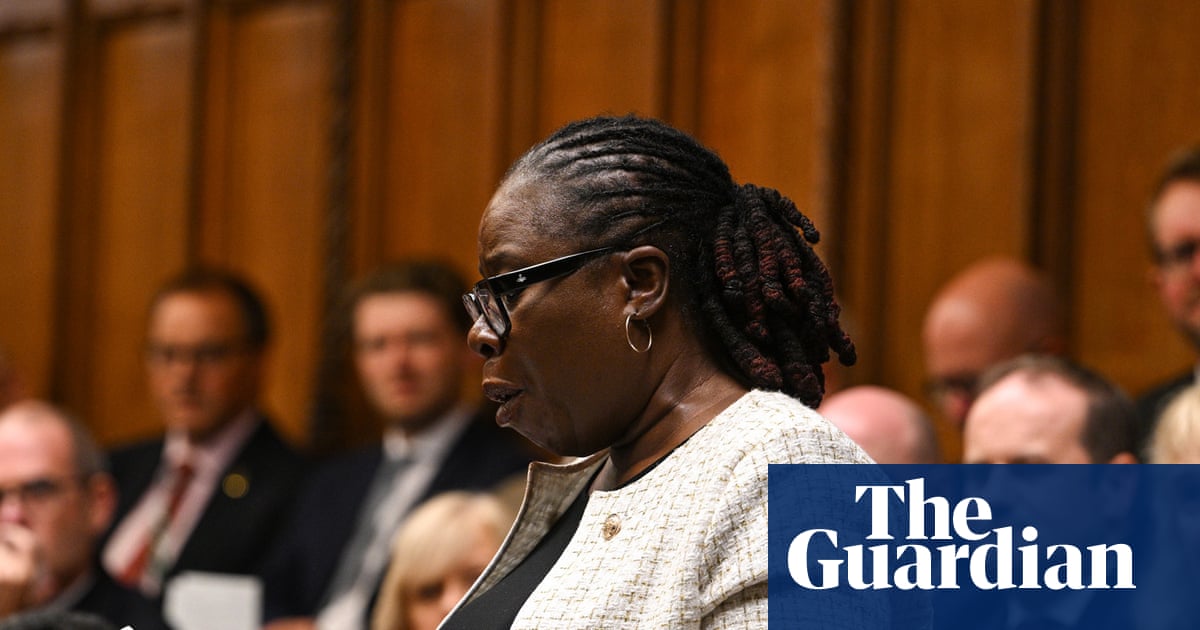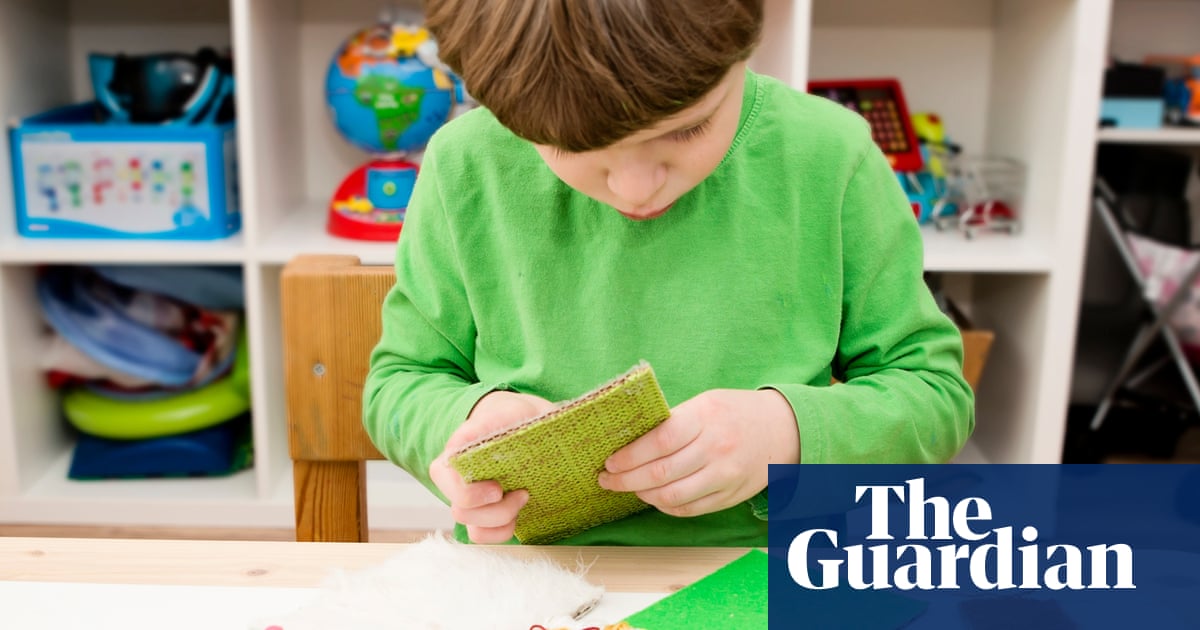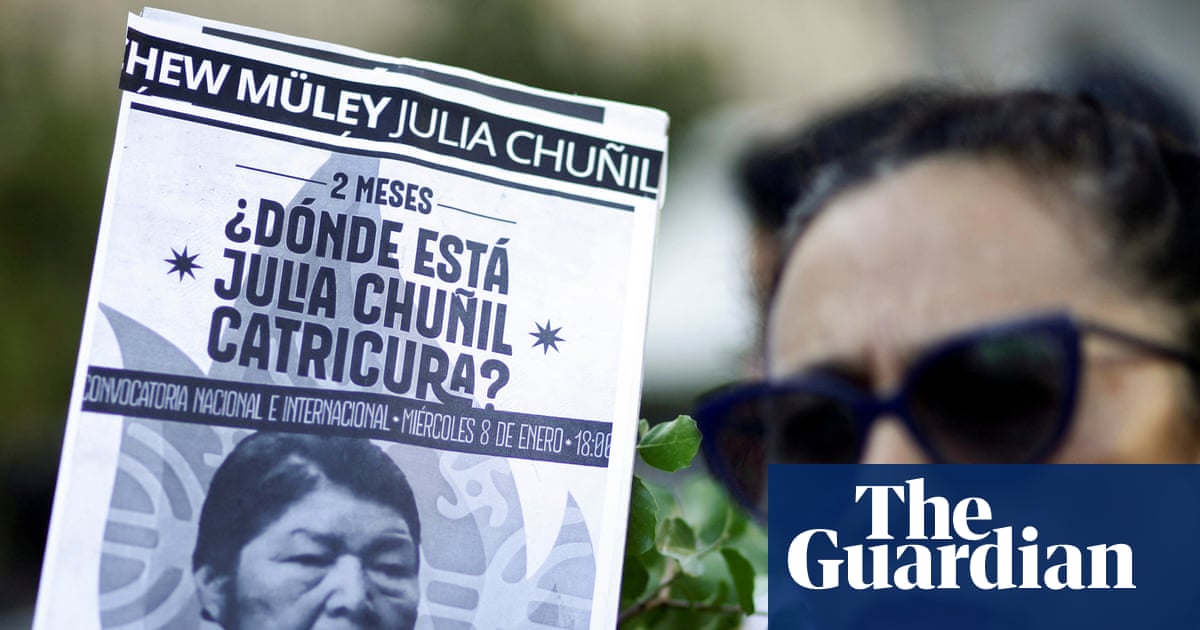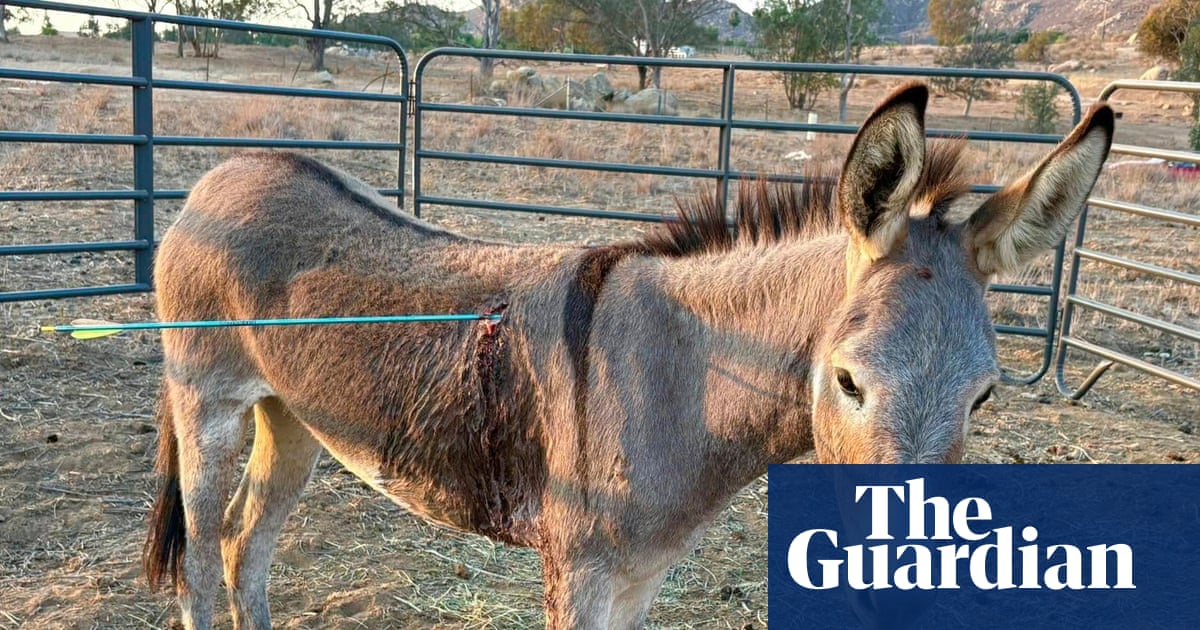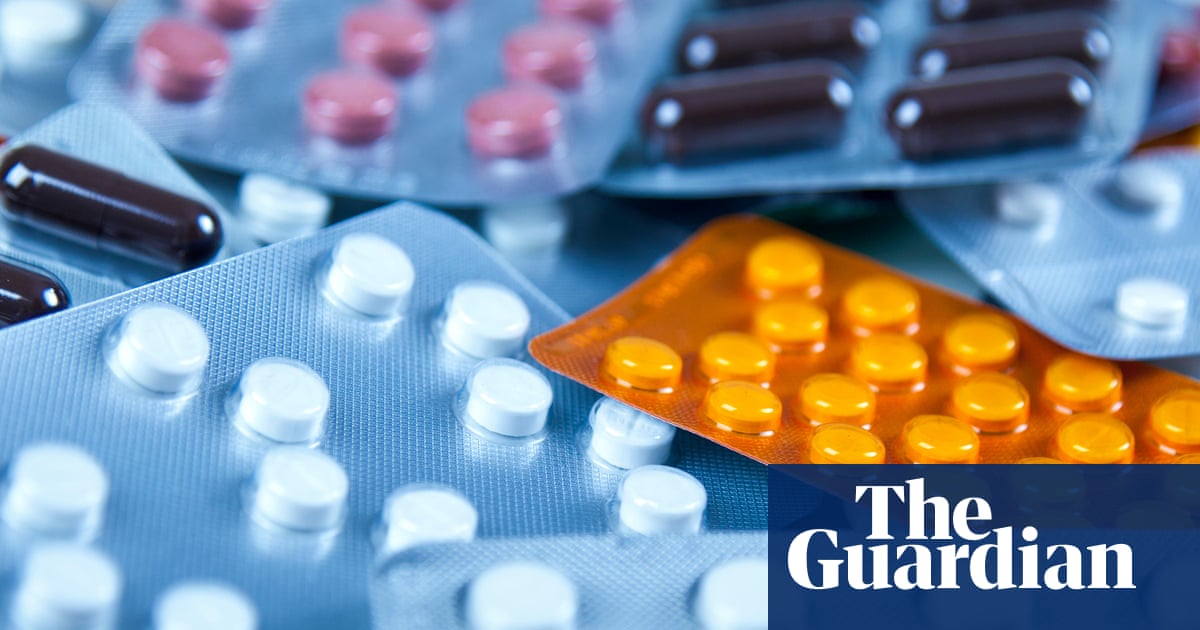The cookware industry has entered a golden age, largely driven by the wild success of a new generation of “nontoxic” and “nonstick” designer ceramic pans backed by stars including Selena Gomez, Stanley Tucci and Oprah Winfrey.
But the pans are likely not “nontoxic” some independent testing and research suggests. Nor are they even “ceramic” – at least not in the way the public broadly thinks of ceramics. Now, regulators are investigating some of the pan sellers’ claims.
On Instagram, TikTok and their marketing materials, the social media-savvy cookware brands promise “enchantment”, and “non-toxic materials and thoughtful design” that “prioritizes the health and safety of you and your family”.
In fact, no legal definition for “nontoxic” or “ceramic” exists, and the marketing has drawn greenwashing accusations exacerbated by the companies concealing their pans’ ingredients.
And the blockbuster sellers like Our Place’s Always Pan, Caraway and GreenPan are typically made with a material that thinly coats an aluminum substrate and is characterized in one study as “quasi-ceramic”. Meanwhile, independent testing and research suggests quasi-ceramics may contain toxins like titanium dioxide, siloxanes, lead and mercury.
The claims are eliciting regulatory scrutiny. The state of Washington recently ordered quasi-ceramic producers to submit their nonstick ingredients to the state’s ecology department as it attempts to learn which chemicals cookware companies are using to replace Teflon or other toxic Pfas, or “forever chemicals”. The order is about “transparency”, said Marissa Smith, a senior toxicologist with the Washington department of ecology.
“It’s challenging for regulators to know when we’re moving to safe alternatives, but it’s also hard for families who want to buy safer products,” Smith said. “There’s this fundamental challenge of figuring out what’s in our products and having the data to make those decisions.”
The nonstick, quasi-ceramics have in part quickly blown up because, their producers claim, they cracked the “nontoxic/nonstick” code. Prior to 2019, nonstick pans largely used toxic Pfas, a class of chemicals that are among the most toxic man-made substances, and linked to cancer and a range of other serious health problems. The quasi-ceramic, design-forward pans with color palettes like “spice” and a millennial aesthetic burst onto a market ripe for an alternative.
Their launches coincided with the rise of wellness culture and the pandemic’s outset. With people forced to cook at home and on social media, the cookware became Instagram sensations – Caraway’s monthly ecommerce sales jumped 390% between January and May 2020.
Celebrity involvement also fueled the quick ascents: Selena Gomez, Tan France, Gwyneth Paltrow, Stanley Tucci and Drew Barrymore now have their own quasi-ceramic pan lines. Gigi Hadid and Kate Hudson promoted their Caraways in the media. Always Pan’s order backlog hit 30,000 early on. GreenPan made Oprah’s 2024 Favorite Things list, and Caraway’s profits grew over 500% between 2020 and 2023.
Throughout, the companies have relentlessly touted their products as “nontoxic”.
What is ‘ceramic’?
Ceramic cookware dates back at least 15,000 years. The concept evolved across cultures – the medieval British pipkin, the ancient Roman testum and the Wampanoag Native American decorated pots. Throughout the ages, the basic formula remained the same: some mix of clay, silica and minerals fired at a high heat to create a solid piece.
The new quasi-ceramics are something else. The producers use some variation of a material called “sol-gel” developed in the 1970s, a mix of silica, metals and chemicals. The material is sprayed onto an aluminum substrate – the pan is not quasi-ceramic all the way through.
The companies won’t tell the public what else is in the pans, and their formulas are shielded by confidential business information laws, making it very difficult to verify their claims. The uncertainty alone raises suspicions among some public health advocates, but sleuthing of peer-reviewed research, legal documents, patents and regulatory documents around the pans raises more questions than answers, and points toward the use of toxic chemicals.
Still, Caraway states: “We believe in full transparency with regard to our products, so we’re happy to share testing reports with anyone via email to prove just how safe our products are.”
In an email to the Guardian, it declined to share the formula: “The formulation of Caraway’s ceramic cooking surfaces is proprietary.”
Responding in 2022 to I Read Labels For You, a consumer protection site that questioned the pan producers’ non-toxicity claims, Always Pan maker Our Place conceded the products are not ceramic, but a “ceramic precursor” with a different formula.
“We are heating it at a lower temperature, it never gets to that ceramic state,” Always Pan wrote. “Ceramic is totally inorganic whereas our sol-gel has organic and inorganic substances. The inorganic material is glass/silica. The organic material is an organic polymer.”
In an email to the Guardian, Our Place said its pans’ materials are “similar in feel to traditional ceramics”, and are made with “a sand-based material, which is why it’s commonly referred to as ‘ceramic’”. It did not immediately respond to a question about why it’s marketed as ceramic if it’s admittedly not ceramic.
The distinction is in part important because the surfaces can potentially melt at heat above 260C (500F), increasing the risk of chemicals leaching into food. The pans have also been reported to wear down and lose their nonstick coating sometimes within months of purchase. True ceramic can withstand much higher heat and is far more durable.
Other quasi-ceramic producers use a similar material, all of which include polymers. Polymers may mean any of tens of thousands of chemicals, including Pfas, which the sol-gel patent even details. Applying nonstick organic polymers may also create toxic monomer byproducts, Smith noted, but it’s impossible to know without having the pan makers’ ingredients. Nonstick can linings can create toxic bisphenol-A, for example.
A 2019 lawsuit alleged GreenPan’s “0% toxins” claim represented false advertising. Citing GreenPan’s patent, the suit alleged the pans contained silane, aluminum oxide, tetraethoxysilane, methyltrimethoxysilane, and potassium titanate. Regulators classify some of these as hazardous, but the suit was dismissed, though the settlement’s terms are unclear. GreenPan has denied using aluminum oxide. It did not respond to a request for comment.
Smith said the state of Washington is concerned companies may be using siloxane, a chemical family often used to replace Pfas in consumer goods, but which sometimes pose similar risks. One industry study compared the performance of nonstick properties of siloxanes to Pfas in quasi-ceramic pans, finding Pfas worked better.
Independent testing by the consumer protection site Lead Safe Mama detected high levels of titanium in GreenPan, Always Pan and Caraway, pointing to the use of titanium dioxide nanoparticles. A 2016 study also identified titanium dioxide in quasi-ceramic pans, and showed how it can migrate into food. The toxic substance is banned in the European Union for use in food, but not cookware. It’s a potential carcinogen that accumulates in organs and is linked to neurotoxicity, intestinal inflammation and other health impacts.
Caraway in 2024 acknowledged using nanoparticles, though they didn’t say which. But, it claimed without supporting evidence, that the levels it uses doesn’t cause health risks.
All told, there’s evidence that the pans could contain such ingredients as titanium dioxide, lead, mercury, cadmium, siloxanes, potentially toxic monomer byproducts and other unknown substances. Even if the levels of individual toxins are low, there’s no research into the health effects of all the toxins combined migrating into food, which raises a whole new set of questions.
Caraway in a statement to the Guardian said the company could not “speak to the conduct or quality of any testing that is not its own”.
“Caraway is proud of the products we have developed and the progress made towards a cleaner home for our customers, there is still much to be done,” the statement added.
Public health advocates say the uncertainty is a red flag, and forcing consumers to “go through tests and patents” to know what they’re buying is “absolutely ridiculous,” said Laurie Valeriano, executive director of the Toxic Free Future non-profit, which has raised concerns about quasi-ceramics.
“It shouldn’t be up to consumers to sleuth and try to figure out the ingredients in pans so they can protect the health of themselves and their families,” Valeriano added.
Maryland-based Xtrema is one of very few companies producing ceramic pans as they have been traditionally made. Production takes up to 25 days, said owner Rich Bergstrom and produces a solid ceramic piece that can withstand high levels of heat. Companies passing off a softer sol-gel coating as true ceramic “irks me – it drives me crazy”, Bergstrom said. He called it a “false term”, and said it’s being “manipulated from a marketing standpoint to give you the impression that it’s ceramic”.
Lead and regulations
Some of the pans also contain lead, testing Lead Safe Mama’s Tamara Rubin found. The lids and cooking surfaces of the Always Pan and Caraway showed some of the toxin, which she said suggests aluminum substrates and pieces are to blame.
Rubin also found mercury in the Caraway and antimony throughout GreenPan. Caraway still advertises “metals free”, and GreenPan states its products “lack harmful chemicals and toxins”.
Rubin is a polarizing figure for her generally absolutist positions on lead – if a product contains the substance, she recommends against it. This is the most protective approach, but companies and regulators point out that lead is naturally occurring and widespread in the environment, often found at low levels in ceramics’ clay, as well as foods. They claim “trace” levels of lead are OK, especially if it’s not in a food contact surface. But there’s no definition for “trace”.
No federal limits for lead in ceramic cookware exist. If lead in a ceramic piece isn’t leaching at the time a consumer buys it, then there isn’t a problem, the Food and Drug Administration (FDA) told the Guardian in 2022. However, there’s no testing or oversight program, or assurance it doesn’t leach once it’s scratched, chipped or worn.
The FDA has done little to scrutinize cookware materials throughout the decades because it’s chronically underfunded and understaffed, said Tom Neltner, director of the Unleaded Kids no-nprofit, who has legally pressured the FDA to act on leaded food materials: “With all the things coming into the agency, they have not looked at all these lead issues, and there’s no public scrutiny of their priorities.”
However, the state of Washington is implementing the nation’s first limits directly addressing cookware – 90 parts per million (ppm) next year, and 10ppm by 2028. Rubin found levels as high as 70ppm in the Always Pan.
Rubin in 2018 also found lead, cadmium and other metals like cobalt in Xtrema pieces, and advises against them for that reason. Bergstrom said he eliminated the highest sources of lead, like the logo on the pan’s bottom. He also noted Rubin’s testing looks for the presence of lead, but not whether it leaches into food.
True ceramic pans are less of a leach risk because the material is more solid than quasi-ceramic, Bergstrom claims. His pans have passed California’s Proposition 65 leach tests of new products, and he also pointed to testing that showed no lead leaching from an Xtrema pan that had been used for several years.

.png) 3 months ago
41
3 months ago
41




